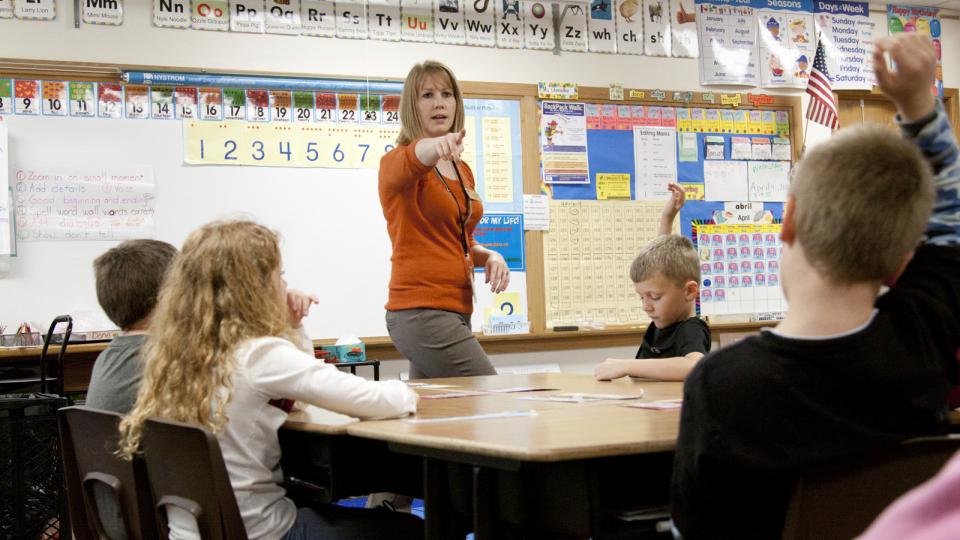
A new Journal of School Psychology article co-authored by UNL researchers suggests that conflict between temperamentally demanding elementary students and their teachers may predict later tension between those students and their classmates.
Kathleen Rudasill and Eric Buhs, associate professors of educational psychology, found that students with difficult temperaments were more likely to experience negative interactions with teachers from kindergarten through second grade.
These interactions, in turn, predicted subsequent negative relationships between the students and their peers in third grade. According to Rudasill, children with more difficult temperaments showed more aggression toward peers, experienced greater victimization by their classmates, made more attempts to damage peer relationships, and had fewer prosocial interactions.
“Teachers are there partly to guide students socially, so they shape much of the way that the social dynamic [develops] in the classroom,” said Rudasill, whose co-authors included colleagues from the universities of Louisville and South Carolina. “Those early elementary years seem to be very powerful for setting a trajectory for success, and if the [teacher-child] relationship is negative, the child is not getting an optimal set of experiences for interacting with other kids.”
Though difficult temperament was associated with both teacher and peer conflict, the researchers found that it had no such bearing on the level of interpersonal closeness that developed between students and teachers.
“That’s actually good in the sense that it’s not as if more difficult temperaments led to less closeness, which is what we would’ve expected,” said Rudasill. “It could be that closeness is driven more by [factors] outside of the child. Perhaps closeness is driven more by teacher characteristics, and conflict is driven more by child characteristics.”
In another unexpected finding, the researchers reported that higher-quality teacher-student relationships did not predict more positive interactions between difficult students and their classmates.
Rudasill said the finding, which challenges the notion that teachers influence classrooms via an “invisible hand,” demonstrates the need to better understand how temperament affects student outcomes.
“My mantra is that we need to teach teachers that [difficult temperaments] are something that certain kids bring with them when they come to school,” said Rudasill, who taught high school in Virginia for seven years. “Kids are powerful elicitors of the behaviors that we have toward them. The beliefs and perceptions we have about kids can drive our behavior, even though we try very hard not to let that happen.
“This teacher-child relationship is so important for kids’ long-term academic and social outcomes that ... we need to continue studying it.”